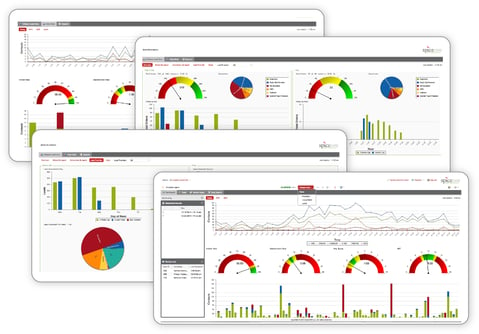 In any business, your customer is always your top priority. Providing quality customer service means catering to their needs as best you can. But before you can cater to those needs, first you have to understand them. What do your customers want? What matters most to them? These may seem like simple questions, but more often than not, companies get it wrong.
In any business, your customer is always your top priority. Providing quality customer service means catering to their needs as best you can. But before you can cater to those needs, first you have to understand them. What do your customers want? What matters most to them? These may seem like simple questions, but more often than not, companies get it wrong.
A Difference of Opinion
In a recent survey by the information technology research firm Gartner, both companies and their customers were asked what aspects of customer service were most important to them. The results showed that what the customers really cared about weren’t necessarily what the companies were prioritizing.
Customers ranked things like the value of the products or services, and the timeliness of delivery as significantly higher priorities than companies did. Meanwhile, businesses gave high priority to communication and responsiveness, listening to customers’ needs, and overall relationship proactiveness, which customers ranked as less important.
Even in lower priority issues there was a significant difference of opinion. Customers indicated overall ease of interaction, and specifically online and e-mail interactions, as moderate priorities, whereas businesses hardly registered them at all.
Bridging the Gap
What does it mean when your customers’ priorities don’t match up with your own? It means you need to change your priorities. What matters to the customer should be what matters to you. The survey above is very enlightening in a number of ways. It seems to reveal that businesses are more abstract in what matters to them: relationships, communication, experience, etc. while customers are more concrete: getting a good value, getting prompt delivery, and so on.
Of course, these results may not be reflective of your own company and your own customers. Maybe you place a greater priority on providing value and your customers have more inclination towards relationships and communication. The best way to find out is to ask.
Conduct your own survey of your customers and find out what they do prioritize, then compare it with your company’s own list of priorities. Continue measuring these priorities periodically to see how closely they align. Then, bridge the gap by changing your own priorities to match theirs.
Pay attention to both low and high priorities as well. If your customers rank, say, readily available social media interaction as #33 on a list of top 50 priorities, it would seem fairly low, but if your company ranks it dead last, that’s still quite a difference. While it wouldn’t make sense suddenly to focus all your efforts on social media, it might behoove you to start responding to messages and interactions in a timelier manner.
Almost everyone agrees that the customer should come first in all things. But ideas about what exactly that entails and how to go about it vary from business to business. If you want to put your customer first, you need to measure what matters most to them, and act accordingly. Otherwise, what you’re putting first isn’t really the customer at all, but yourself.
The golden rule, treat others the way you want to be treated is outdated. Pro-active businesses practice the platinum rule, treat others the way they want to be treated. In other words, listen and measure the needs of your customers and prioritize accordingly.



